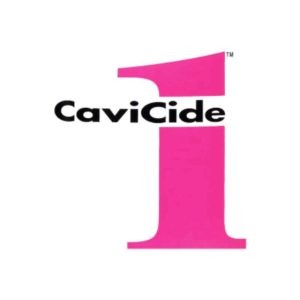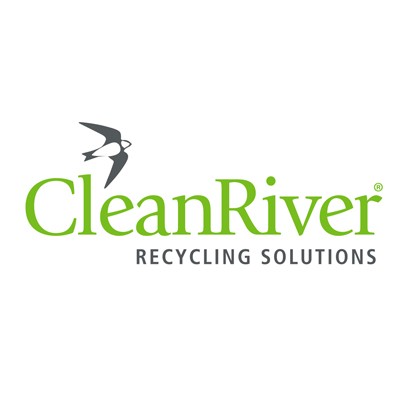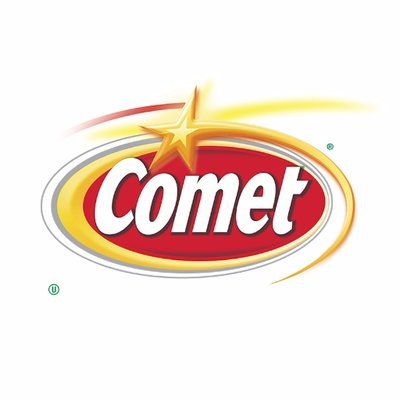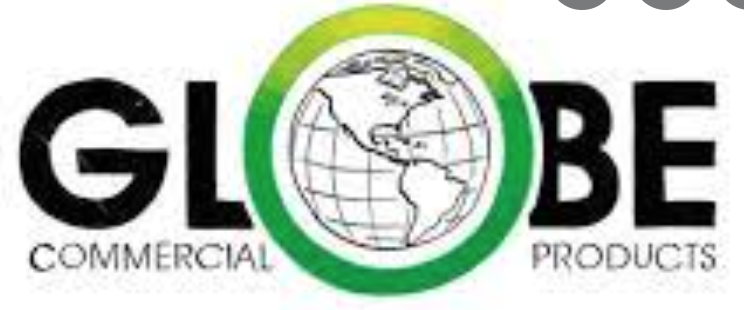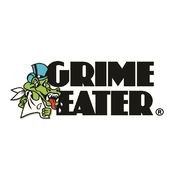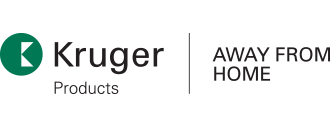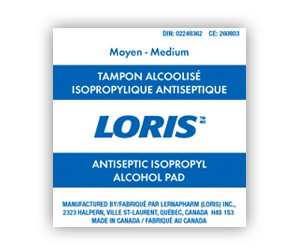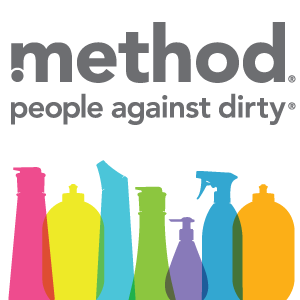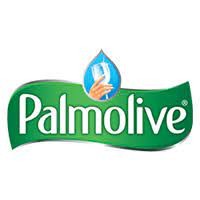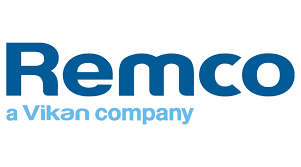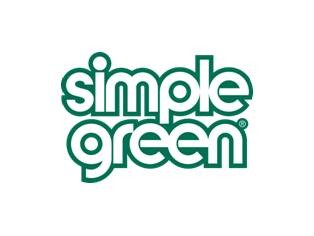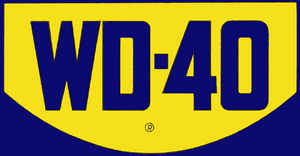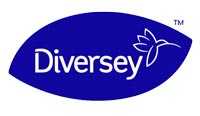Workers can be infected by contacting contaminated surfaces or objects and then touching their eyes, nose or
mouth. Below is a list of surface times for novel coronavirus provided by the New England Journal of
Medicine:
• In the air: Up to 3 hours
• On copper: Up to 4 hours
• On cardboard: Up to 24 hours
• On plastic: 2 to 3 days
• On stainless steel: 2 to 3 days
Proper cleaning and disinfection of surfaces can help minimize the spread of the virus. Whether you
have in-house janitorial staff or a contract cleaning service, it is important to have a comprehensive
cleaning plan to help ensure all parties understand their responsibilities
Discussion
For employers who have already planned for influenza pandemics, planning for COVID-19 may
involve updating plans to address the specific exposure risks, sources of exposure, routes of
transmission, and other unique characteristics of COVID-19.2 Planning is a critical component to a
cleaning and disinfection program. The plan should address four important components:
• Areas to be cleaned/disinfected
• Frequency of cleaning
• Cleaning/disinfection materials that will be used
RiskTopics
Cleaning and disinfecting plans during COVID-19
outbreak
Coronavirus spreads from person to person primarily through
droplets in the air when someone coughs or sneezes. But
scientists have determined that the virus can spread from a
surface to a person1
. Developing an effective cleaning and
disinfection program is a critical component to prevent the
spread of the coronavirus in the workplace.
• Material-specific cleaning procedures and techniques
Each cleaning/disinfection material has specific procedures to optimize its effectiveness. These
materials’ specific procedures should be integrated into the routine cleaning and disinfection plan.
To ensure itis followed the cleaning and disinfection plan should be clearly documented and
communicated to all interested parties.
Guidance considerations
Areas to be cleaned: Guidance from the U.S. Centers for Disease Control (CDC) indicates that routine
cleaning should be appropriate for most areas. Frequently used items such as the ones listed below may
need more frequent cleaning, as often as several times each day:3
• Door knobs
• Elevator buttons
• Light switches
• Faucet handles
• Publicly used telephones
• Computer monitors, mice and keyboards
• Countertops and conference tables
• Cafeteria tables, coffee pots and vending equipment
Cleaning frequency: The use of regular cleaning and disinfection materials should be sufficient inmany
instances. The cleaning frequency for each area should be covered specifically in the plan and should
match the significance of the cleaning and disinfection task. For example, the cleaning plan for a hospital
emergency room would be different from that of an office or retail occupancy. For more frequent
cleaning, you may also wish to provide disinfecting wipes to employees and have them available in shared
spaces such as conference rooms, group workspaces and in the cafeteria.6
Cleaning procedures: For personal safety, it is important that all janitorial staff or cleaning service
providers receive training on proper use of any chemicals, cleaning agents and cleaning equipment. As
appropriate, additional training should be provided on the use of appropriate personal protective
equipment (PPE) such as gloves, hearing protection and goggles. Training should also include specific
processes, requirements for each area cleaned and how to address the increased cleaning needed during
an influenza outbreak. The following cleaning guidance is summarized from guidance provided by the
Washington State Department of Health:5
• Routinely clean and disinfect surfaces to reduce the number of viruses and prevent theirspread
• Any commercially available soap or detergent can be used to clean the surfaces, following label
directions
2
• Disinfect using a product registered by the U.S. Environmental Protection Agency (EPA), following
label directions
For cleaning of critical areas in regulated facilities such as hospital and food processing facilities, check
with industry associations or local health departments about the need for validation of cleaning protocol
for effectiveness.
Cleaning chemicals and disinfectants: Influenza viruses can be inactivated by many low- or intermediatelevel disinfectants. Use of disinfectants registered by the EPA is recommended whenever these are
available.
Lists of registered disinfectants can be found at:
https://archive.epa.gov/pesticides/oppad001/web/html/influenza-disinfectants.html
.
Many, if not all, of these products indicate potency for several target pathogens on the label. The list
contains approximately 400 registered disinfectants with human influenza A and/or B listed on the product
label. Any of these disinfectants should inactivate influenza and coronaviruses when used according to
manufacturer instructions.
Contracted services: Service level agreements are important for both the facility and the cleaning
service. The agreements help avoid any potential misunderstanding and disputes about responsibilities
and expectations for each party. A written service level agreement should include, at a minimum, the
four key areas described earlier: areas to be cleaned/disinfected, frequency of cleaning, materials to be
used and any material-specific cleaning procedures and techniques. Additional items should be added to
the contract to address any specific situations as they apply to your facility. Legal counsel should review
the termsand conditions of any service level agreement.
Other considerations: Adherence to good personal hygiene, proper hand hygiene, respiratory hygiene,
and cough etiquette is especially important for helping prevent the spread of influenza in the workplace
andthe community. As part of influenza control strategy, schools may consider dismissing classes and
businesses may desire to implement a social distancing program. Such a program may include spacing
employees out as much as possible while at work (using empty desks or spaces) or where possible allowing
employees to workfrom home rather than in the workplace. Additional cleaning during flu season needs to
focus on targeted use of disinfection for surfaces touched frequently byhand:
• Keep housekeeping surfaces and countertops clean of visible soil by cleaning with detergents and
water or proprietary cleaners, followed by rinsing with water.
• Follow label instructions carefully when using disinfectants and cleaners, noting any hazard advisories
and indications for PPE (such as protective gloves). Do not mix disinfectants and cleaners unless the
labels indicate it is safe to do so. Combining certain products (such as chlorine bleach andammonia
cleaners) can be harmful, potentially resulting in serious injury or even death.
• Clean and disinfect all bathroom surfaces on a regular basis using EPA-registered
detergent/disinfectants. Alternatively, clean surfaces first with detergent and water and then disinfect
with an EPA-registered disinfectant in accordance with manufacturer instructions.
• If EPA-registered disinfectants are not available, the CDC suggests using a dilute solution of
3
household chlorine bleach (sodium hypochlorite) in water to disinfect bathroom surfaces. To prepare
this solution, add ¼ cup of bleach to a gallon of clean water, or 1 tablespoon of bleach to a quart of
clean water. Apply to a cleaned surface, preferably with a cloth moistened with the bleach solution,
and allow the surface to remain wet for 3 to 5 minutes.4
• Wipe frequently touched electronic items (e.g., remote controls, handheld gaming devices) with hand
sanitizer cloths.
Conclusion
Cleaning and disinfection plans can be a critical part of minimizing the spread of the influenza virus during
an outbreak. The plan should outline areas to be cleaned/disinfected, frequency of cleaning, materials to be
used and any material-specific cleaning procedures and techniques. Training should be provided to all
staff.(employed or contracted) involved. These cleaning procedures/requirements should be clearly
documented and understood in any agreements developed. The use of proper materials, techniques and
clear cleaning plans can support a facility's influenza outbreak-response efforts. Additional information can
be found in the references/resources noted below.









